BIG NEWS
Indian Coast Guard Helicopter Crash in Porbandar Claims Three Lives
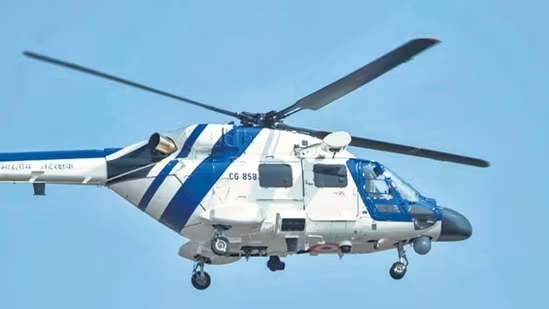
An Indian Coast Guard Advanced Light Helicopter (ALH) Dhruv tragically crashed in Gujarat’s Porbandar during a routine training sortie on Sunday. The incident resulted in the loss of all three crew members on board.
The crash occurred at 12:10 pm near the Coast Guard Air Enclave in Porbandar. According to officials, the helicopter experienced technical difficulties, leading to the accident. Superintendent of Police Bhagirathsinh Jadeja confirmed the chopper caught fire near the runway, but the blaze was brought under control with a fire tender.
Kamala Baug police station’s inspector, Rajesh Kanmiya, stated, “Two crew members were declared dead upon arrival at the hospital, while the third succumbed later.”
The crew members, severely burned in the crash, were immediately evacuated to a nearby hospital. The Indian Coast Guard has launched an investigation to determine the cause of the accident.
The incident raises concerns as the ALH Dhruv fleet recently underwent critical safety upgrades following a series of accidents last year. Hindustan Aeronautics Limited (HAL) addressed design issues, upgrading the fleet’s control systems to enhance airworthiness.
Despite these efforts, the Dhruv fleet has faced repeated safety challenges. Last September, another ALH Mk-III crashed into the Arabian Sea near Porbandar during a medical evacuation mission. That incident prompted the Coast Guard to temporarily ground its ALH fleet for a comprehensive safety inspection.
The ALH Dhruv involved in the September crash had previously played a vital role in rescue operations during Gujarat floods. It saved 67 lives during cyclonic weather in the region, showcasing its capability despite its troubled safety record.
This tragic accident highlights the ongoing safety challenges with the ALH Dhruv fleet, manufactured by Hindustan Aeronautics Limited. The Indian Coast Guard and relevant authorities are committed to ensuring a thorough investigation to prevent future incidents.
BIG NEWS
VAR Implementation in Indian Football: Challenges and Future Plans
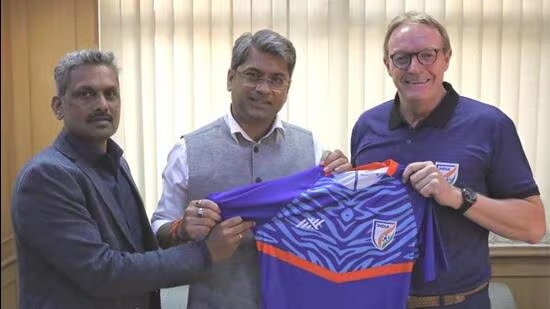
AIFF’s Plans for VAR in Indian Football
The All India Football Federation (AIFF) and Football Sports Development Limited (FSDL) have been informed about the potential introduction of Video Assistant Referee (VAR) technology. Trevor Kettle, AIFF’s chief refereeing officer (CRO), mentioned that the current accuracy in ISL and I-League is around 82%. However, VAR’s implementation faces several hurdles.
Challenges to VAR Adoption
AIFF President Kalyan Chaubey emphasized the goal of reducing errors in decision-making with VAR. Though VAR is a priority, the federation is considering AVRS (Additional Video Review System) as a starting option due to financial constraints. Kettle noted that, once approved, VAR could take 12 to 18 months to implement, following FIFA’s guidelines. He also highlighted the significant costs involved, particularly for infrastructure and training.
Financial Constraints
The initial cost for VAR implementation could reach ₹25 crore in the first year, with recurring costs of ₹12-13 crore annually. These figures, according to a former AIFF official, were seen as unaffordable for the I-League.
Referee Training and Evaluation
Currently, India’s 18 elite match officials are not trained for VAR, which limits their participation in top tournaments. AIFF plans to increase the number of full-time referees to 50 by 2026.
Performance is assessed through Key Match Incidents (KMI), which include decisions on penalties, goals, and offside calls. Kettle acknowledged that aiming for 83-85% accuracy leaves room for a 15-20% error margin. He noted that this would likely be unacceptable to fans and officials.
Looking Forward
The AIFF remains committed to adopting VAR in Indian football. While the timeline for implementation is still uncertain, the federation is working on overcoming the challenges of cost and training. With the right infrastructure, VAR may soon become a part of Indian football.
BIG NEWS
Jasprit Bumrah’s Heroics in Border-Gavaskar Series Spark Workload Debate
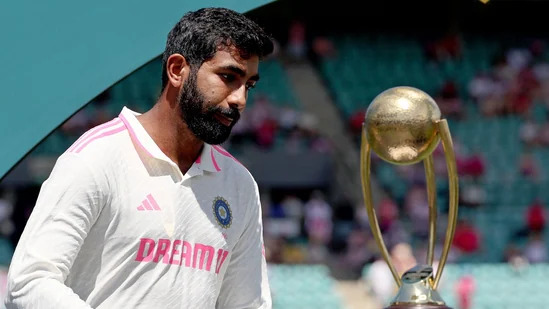
Jasprit Bumrah Shines in Border-Gavaskar Series
Jasprit Bumrah’s exceptional performance in the 2024/25 Border-Gavaskar series stood out, despite India’s overall disappointing campaign. With 32 wickets in five matches, including three five-wicket hauls, he claimed the Player of the Series award. This marked the highest wickets taken by an Indian bowler in Australia and an all-time best for an Indian seamer in a Test series.
However, Bumrah’s heroic efforts came at a cost. He missed the final innings of the Sydney Test due to a back injury. Having bowled 151.2 overs across the series, including 53.2 overs in one match, concerns about his workload surfaced. Discussions followed regarding whether India’s team management could have handled Bumrah better.
Balwinder Sandhu Criticizes Workload Concerns
Former Indian pacer Balwinder Sandhu dismissed the workload management theory, calling it unnecessary. He argued that bowling 15 to 20 overs per innings should not be an issue for professional cricketers.
“Bumrah bowled an average of 16 overs per innings. That’s not a big deal,” Sandhu told Times of India. “Workload management is an Australian concept. Cricketers need to listen to their bodies, not external theories.”
Sandhu questioned whether Bumrah is fit for Test cricket if he cannot consistently bowl 20 overs in an innings. “If you can’t bowl 20 overs, focus on T20s, where four overs are enough. Representing India in Tests requires physical strength and stamina,” he added.
The debate underscores the growing divide in modern cricket regarding balancing player fitness with team needs. For Bumrah, his outstanding series may be remembered for both its brilliance and the challenges it posed.
BIG NEWS
Two Cases of Human Metapneumovirus (HMPV) Detected in Karnataka

The Indian Council of Medical Research (ICMR) confirmed two cases of Human Metapneumovirus (HMPV) in Karnataka. These were found through routine surveillance for respiratory viruses. One case involved a three-month-old female infant with bronchopneumonia. The infant was diagnosed with HMPV after being admitted to Baptist Hospital in Bengaluru and has since been discharged.
An eight-month-old male infant with a history of bronchopneumonia also tested positive for HMPV. He was admitted on January 3 and is recovering.
Neither patient had any history of international travel, according to the health ministry.
HMPV is a respiratory virus that causes mild to moderate flu-like symptoms, such as cough, sore throat, and fever. It is most common in winter and early spring. It spreads through contact with infected individuals or surfaces.
In severe cases, it can cause pneumonia, difficulty breathing, and wheezing. Vulnerable groups, including infants and the elderly, may experience more severe symptoms.
The Health Ministry confirmed that HMPV is circulating globally, including in India. However, there has been no significant rise in influenza-like illness (ILI) or Severe Acute Respiratory Illness (SARI) cases.
The ministry is closely monitoring the situation through surveillance channels. The ICMR will continue tracking HMPV trends throughout the year.
The World Health Organization (WHO) continues to provide updates on the situation in China and is supporting efforts to manage the global circulation of the virus.
-

 FILMY1 year ago
FILMY1 year agoWATCH: Tripti Dimri shocks audiences with daring nude sequence in Ranbir Kapoor starrer ‘Animal’
-

 BIG NEWS2 years ago
BIG NEWS2 years agoRiva Arora, aged 12, romances with Karan Kundrra in viral video
-

 BIG NEWS2 years ago
BIG NEWS2 years agoMeet the sexiest female golfer ever!
-

 LATEST2 years ago
LATEST2 years agoThe sexiest tennis star on the planet. Do you agree?
-
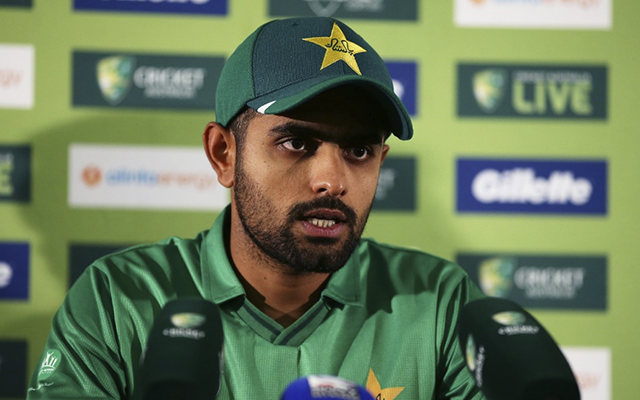
 CRICKET1 year ago
CRICKET1 year ago‘Bloody dump captain’ – Former Pakistan cricketer lashes out at Babar Azam and staff for mismanagement of fast bowlers in Asia Cup 2023
-

 FILMY1 year ago
FILMY1 year agoWATCH: After Tripti Dimri, Rashmika Mandanna’s intimate scene with Ranbir Kapoor in ‘Animal’ goes viral on internet
-
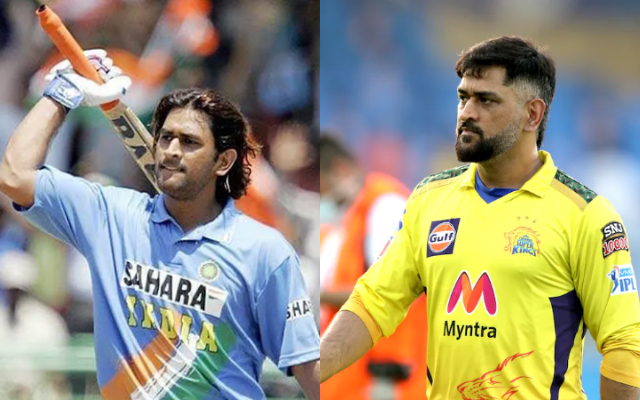
 CRICKET1 year ago
CRICKET1 year agoTop 10 hairstyle of MS Dhoni from 2007 to 2023
-

 FILMY1 year ago
FILMY1 year agoDid you know Simi Garewal dated India’s iconic industrialist Ratan Tata? Know more about this

















